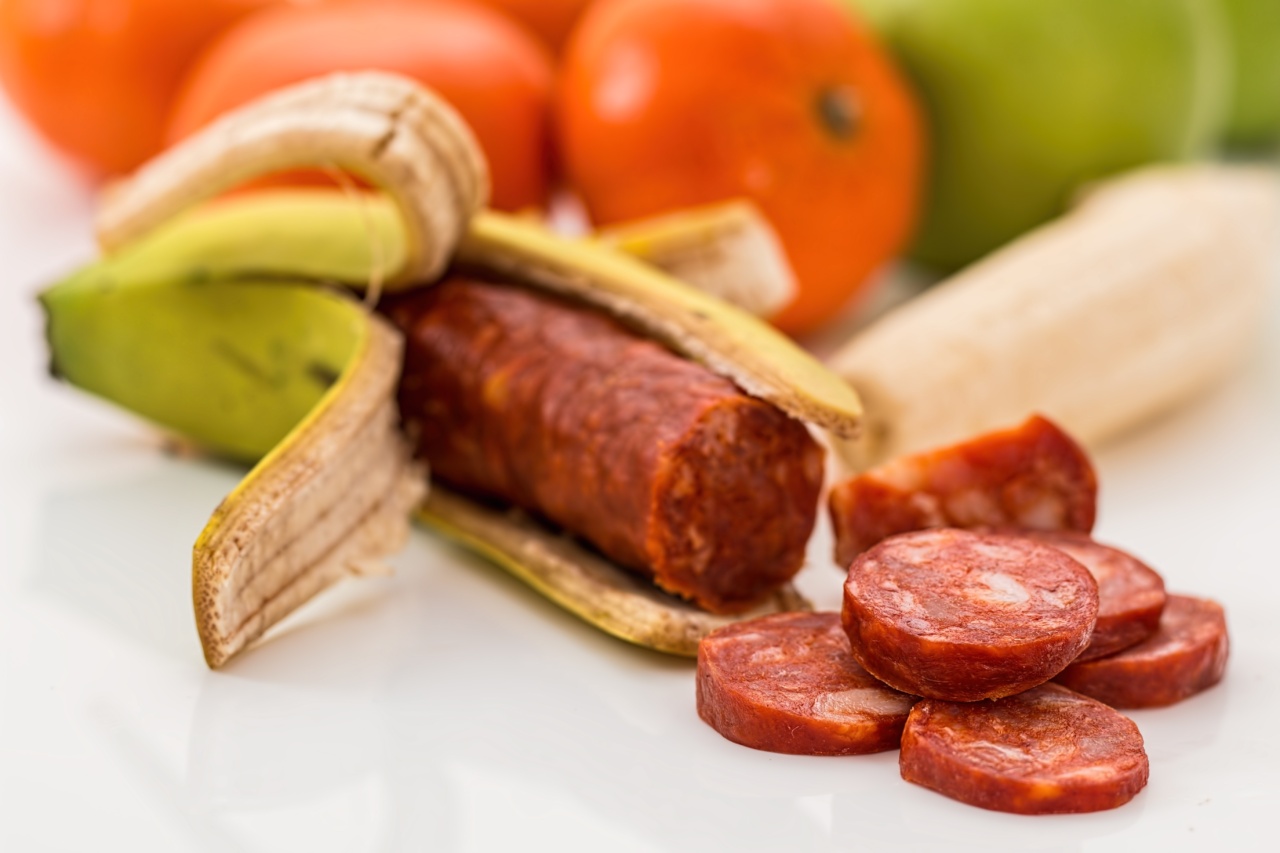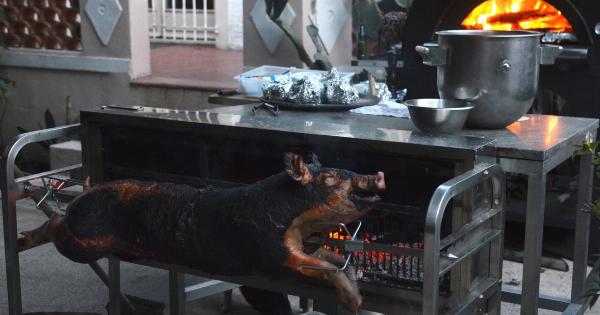Processed foods have become an integral part of the modern diet, and meat plays a significant role in many of these products. However, the origin of the meat used in processed foods can vary greatly from country to country.
In this article, we will delve into the categorization of meat origin based on countries and explore the influence of different nations on the global processed meat industry.
United States
The United States is a major player in the global meat industry, both in terms of production and consumption. When it comes to processed foods, the origin of meat used in the US can vary.
The country is one of the largest producers of beef, pork, and poultry, which makes it a primary source for domestic processed meat products.
Brazil
Brazil is known for its robust meat industry, and it is one of the largest exporters of meat products worldwide. The country’s beef exports are particularly notable, making it a significant contributor to the global processed meat market.
Brazilian processed meat products often contain meat sourced from its own cattle industry.
China
China is the largest consumer of pork globally and has a substantial impact on the processed meat industry. Meat used in Chinese processed foods often originates from domestic pork producers.
Additionally, China is a major importer of various meat products, especially pork, which adds to the diversity of meat origins in its processed foods.
Germany
Germany has a long-standing tradition of meat processing and is renowned for its sausages and cured meats. Local meat sources, such as pork and beef, are commonly used in German processed foods.
Moreover, Germany is also a significant importer and exporter of meat products, contributing to the variety of meat origins found in its processed foods.
Netherlands
The Netherlands is another key player in the global processed meat market. The country has a well-established meat processing industry, with both domestic and imported meats being utilized in the production of processed foods.
Dutch processed meat products often incorporate meat from various sources, including beef, pork, and poultry.
Australia
Australia is known for its high-quality meat products, particularly beef and lamb. Australian meat is often selected for its premium attributes and used in processed foods both domestically and internationally.
The country’s meat exports contribute to the presence of Australian-origin meat in processed food products worldwide.
Argentina
Argentina is renowned for its beef industry, with beef being a staple in the local diet. This meat-focused culture influences the origin of meats used in processed food products as well.
Argentinian meat, primarily sourced from its cattle industry, is often utilized in various processed food items such as sausages and cured meats.
Denmark
The Danish meat processing industry is highly regarded globally, particularly for its pork products. Denmark is known for its stringent animal welfare standards, which results in high-quality pork.
Danish pork finds its way into numerous processed meat products, both within the country and for export purposes.
Italy
Italy has a rich culinary tradition that includes a wide variety of processed meat products such as salami, prosciutto, and mortadella.
Italian processed foods often rely on domestically sourced meats, including pork, beef, and poultry, to maintain the authenticity and quality of their traditional recipes.
Canada
Canada has a thriving meat industry, known for its high standards of quality and safety. Canadian meat, including beef, pork, and poultry, is used in both domestic and international processed food products.
The country’s meat exports contribute to the global availability of Canadian-origin meat in processed foods.
Conclusion
Meat origin in processed foods can vary significantly depending on the country.
Each nation has its own meat production capacity, consumer preferences, and import-export dynamics, which collectively influence the origin of meat used in their respective processed food products. Understanding the categorization of meat origin based on countries is essential for analyzing the global meat industry and the complex interplay between food processing, international trade, and consumer choices.






























